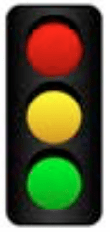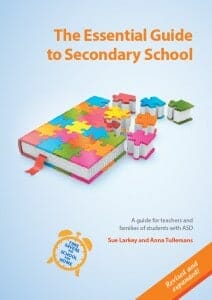In my experience the more practise students have with exams and tests the better we can prepare them. By doing practice tests and past papers we can become aware of the adjustments needed to support the students to ensure the best outcomes.
One of the most important considerations when testing students with ASD is to ascertain what the required adjustments are to best assess the student’s knowledge. However some students may resist the adjustments as they don’t want to stand out or feel different from their peers. We may need to explain to them that this is going to bring out their best results. We need to appeal to their ‘intellectual vanity’. They will do better in the test if they use the adjustments.
The student needs to know that we are looking for adjustments not advantages.
These may include:
Exam Style Adjustments
- Questions to be asked orally
- Using a scribe (ensure met adult before and practised working together)
- Allow dictation into a recording device
- Allow for part of the test to be done one day and follow with the rest on a second day.
- Simplify and de-clutter the appearance of the test.
Environmental Adjustments
- Smaller room /Separate Room
- Seating i.e. Closer to examiner/teacher
- Let them go in first or last.
- Let them wait in a quiet area away from crowds of students
Time Adjustments
- Apply for a longer time allocation.
- Remove time constraints ie do test until complete, Aim is to know students knowledge not how fast can do work.
- Allow extra reading time. Many students have difficulty processing exam questions and would score much higher when given extra time to read the questions
ALSO important to consider the effect of noise from:
- Fans. Many schools have large overhead fans which makes the paper flick around. This can be distracting and make students lose concentration.
- Air conditioning
- Sports classes outside/ students on breaks
- Passing traffic
- Lights flickering
Traffic Light Strategy
My favourite technique for class work tasks and exams is ‘The Traffic Light Strategy’ This allows students to visually differentiate their own work.
Here is how I explain it to students:
“In a test/exam or class work it is best you start with the easy questions. Sometimes those questions are in the middle or the page, or sometimes they are at the end. You don’t have to do the work in order, start with what you “can do” as this helps your brain get ready to have a go at more difficult questions. If you start with the hard questions your brain starts to “freeze,” “worry,” or even “panic” so then you feel like you can’t do the work. So if you use the traffic light system you can actually sometimes do questions you thought you didn’t know how to do. So start with green/go, then do yellow/caution and then red/have a go even though hard”
 Teach the Green, Orange and Red strategy for answering questions. Read through the test and mark each question with a:
Teach the Green, Orange and Red strategy for answering questions. Read through the test and mark each question with a:
- Green mark (I know how to answer this).
- Orange mark (I’m not sure about this question, but I can attempt it).
- Red mark (I don’t know where to start with this question).
Results
Receiving marks from tests and exams can be stressful for some students. Some students with ASD have social anxiety around receiving news of their results and need it done in a private setting. Check with the student, families and support staff the best way for the student to get feedback and marks
The Essential Guide to Secondary School: By Sue Larkey and Anna Tullemans
Revised and expanded in 2016. A practical guide to secondary school. Ideas for all staff!
- Curriculum engagement
- Accommodations
- Group work
- Homework
- Using technology
- Behaviour support
- Organisational skills
- Building independence.
Includes proformas to photocopy and save you time. This book has over 100 pages of proven ideas and strategies.



 Sorry we no longer ship items outside Australia. Please consider the digital versions of Sue’s Books –
Sorry we no longer ship items outside Australia. Please consider the digital versions of Sue’s Books – 